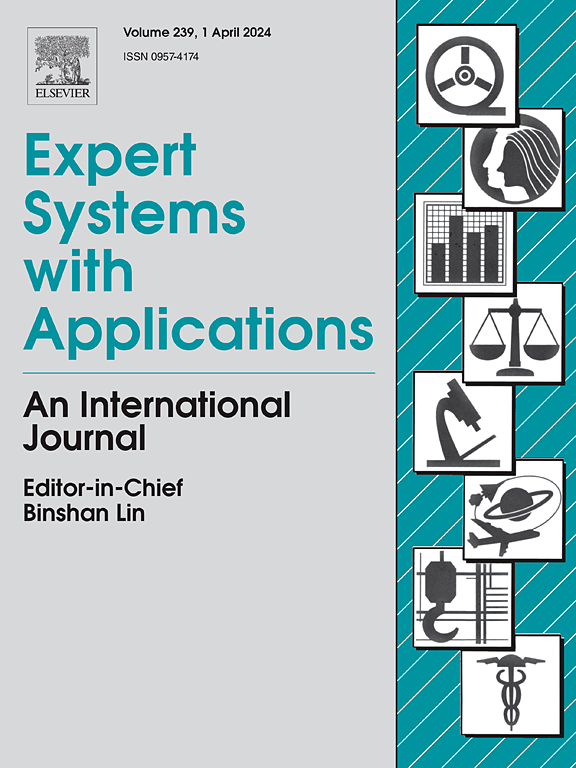PATSA-BIL: Pipeline for automated texture and structure analysis of borehole image logs
IF 7.5
1区 计算机科学
Q1 COMPUTER SCIENCE, ARTIFICIAL INTELLIGENCE
引用次数: 0
Abstract
High-resolution image logs are essential for understanding rock compositions and geological features, but their analysis requires expertise and can be tedious and error-prone. This manuscript presents PATSA-BIL, a novel data-driven pipeline that uses Artificial Intelligence (AI) and computer vision techniques to enhance the analysis of resistivity image log data in the oil industry. PATSA-BIL enables deep-learning-based classification of resistivity textures and automatic segmentation of geological structures in borehole images. In addition to texture classification, PATSA-BIL provides of a series of chained Machine Learning (ML) tasks that comprise Simple Linear Iterative Clustering (SLIC) superpixels, radiomics embeddings, and Density-Based Spatial Clustering of Applications with Noise (DBSCAN) for geological structure segmentation. Experiments with the proposed pipeline, including comparisons against five fine-tuned, deep-learning models (Mask R-CNN, Faster R-CNN, RetinaNet, DETR, and DINOv2), demonstrate that PATSA-BIL achieves up to 90% accuracy in detecting resistivity textures. Furthermore, PATSA-BIL’s segmentation chain outperforms the closest competitor (DINOv2) by achieving a 16% higher Mean Average Precision (mAP), significantly improving the clustering of borehole structures by up to 7% while reducing computational demands compared to other approaches. Statistical validation further confirms the robustness of the proposed approach, performed using a Friedman test (-value = , vs. DINOv2) and a Wilcoxon–Holm post-hoc comparison between the top models (-value = , vs. DINOv2) with very large effect size.
求助全文
约1分钟内获得全文
求助全文
来源期刊

Expert Systems with Applications
工程技术-工程:电子与电气
CiteScore
13.80
自引率
10.60%
发文量
2045
审稿时长
8.7 months
期刊介绍:
Expert Systems With Applications is an international journal dedicated to the exchange of information on expert and intelligent systems used globally in industry, government, and universities. The journal emphasizes original papers covering the design, development, testing, implementation, and management of these systems, offering practical guidelines. It spans various sectors such as finance, engineering, marketing, law, project management, information management, medicine, and more. The journal also welcomes papers on multi-agent systems, knowledge management, neural networks, knowledge discovery, data mining, and other related areas, excluding applications to military/defense systems.
 求助内容:
求助内容: 应助结果提醒方式:
应助结果提醒方式:


